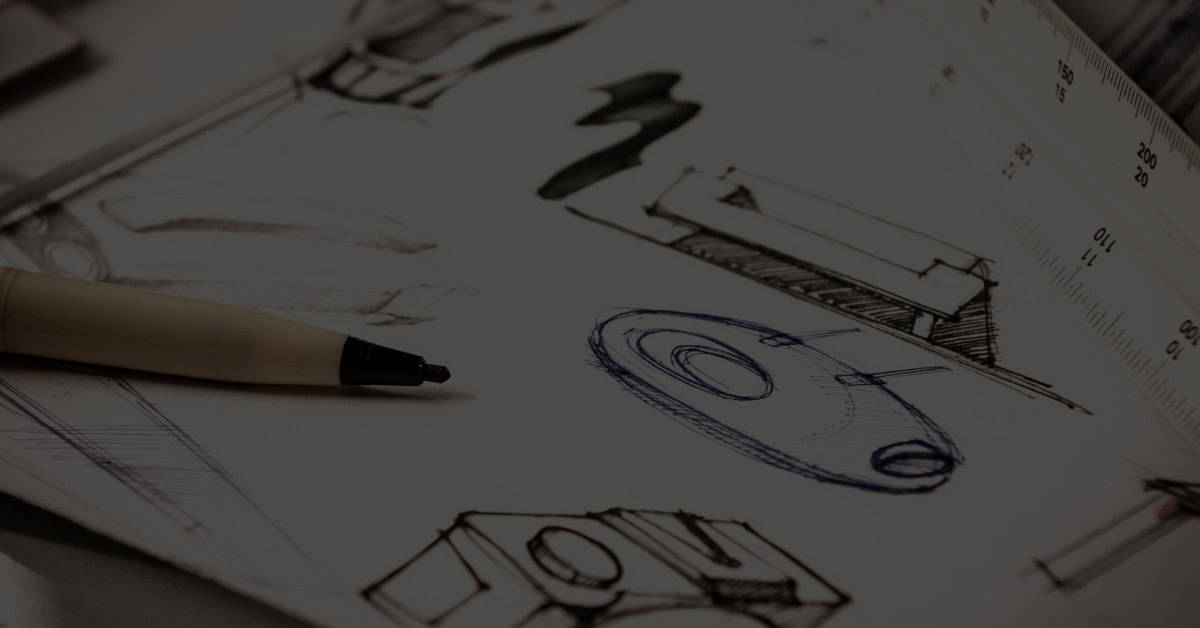The process of new product design has many iterations and steps from beginning to end. CHOi Design Group is a product design firm in Chicago that specializes in bringing your vision to life. From idea generation to product design and launch, we work with you to reach your final goal.
To better understand how we work, here is an example of six common steps we follow when designing a new product.
1. Idea Generation
The first stage of any product design is idea generation or brainstorming. Idea generation must start with understanding what the customer is looking for and from there ideas can come from many sources. Many companies choose to have brainstorming sessions at set intervals throughout the year and look for ideas from research and development teams, employees and sales forces and reverse engineering (disassembling competitor products to look for ways to improve upon it).
Ideas can also come from outside sources such as customers, competitors, consumer demands and trends, regulations, and technology. We work with many Chicago and nationwide entrepreneurs and businesses to bring their product idea to life.
2. Idea Screening
After a thorough brainstorming session, it is important to take the ideas generated and screen them all. Vetting each idea is necessary to avoid incurring unnecessary costs of moving forward in the design process. Using a team of people, proposals would be reviewed and evaluated on whether or not the new product would meet a need of the company, fill in an existing hole within a product or service line, assess how much overlap exists with current products and services, potential impact on company profits.
The criteria for selecting the right ideas are unique to each project and industry. Sometimes, ideas are screened through focus groups and user studies, often given a numerical score and ranked in order of desirability. Sometimes, like in new markets, more creative methods must be employed. Methods may include individual interviews with potential users, or other tools such as “co-design” sessions, where a participant actively helps design their ideal concept, which helps assure the idea is engaging to users and worth investing in.
3. Feasibility Study
A feasibility study is a common next step after the screening of ideas determined which ideas should not move forward. The feasibility study consists of in-depth market analysis, followed by economic, technical, and strategic analyses.
A marketing analysis will assess whether or not there is enough demand for the proposed product and if it should be developed further. If there is sufficient demand, an economic analysis is done to determine the costs of production and development and compares them against an expected sales volume. Product profitability and return on investment is also included in this analysis.
From here, comprehensive technical and strategic analyses take place. They are concerned primarily with the viability of the product including technology, manufacturing process, and availability of product materials. Products that pass the feasibility study and are approved for development must now have performance specifications detailed.

4. Product Design and Specifications
Finally, it’s time to design and create! Our Chicago-based design engineers start the process of preliminary design by taking performance specifications and translating into technical specifications. This intricate development process includes building and testing a prototype, revising the original design, and continuing to perfect until a workable design is finished.
Product designing also includes form and production design. Form design refers to the actual look of the product, shape, size, color, etc. Whereas production design details how the product will be made. Designing for production includes attempting to simplify the design as much as possible to reduce the number of parts, assemblies, and options. It also attempts to standardize the design as much as possible to include commonly available and interchangeable parts. Additionally, when working within the electronic or automobile industries, modular design will be incorporated.
5. Testing and Pilot Runs
In the previous stage, prototypes were continuously tested and redesigned, this method continues and expands to include pilot runs of the manufacturing process. Once adjustments are made and tested again, the design will be finalized. While this process is perfected, market testing will also be carried out to test the product in specific market and consumer groups. This step is helpful in projecting whether customers will be interested and buy this product upon launching.
6. New Product Launch
New product launches are a collaboration between marketing and production. It involves coordinating the marketing plan and supply chain projections. Production will be ramped up to prepare for launch and initial demand. Production will become more efficient as the company becomes more confident in its abilities to consistently execute the production. Volumes will be increased as marketing’s abilities to sell the product grow.
Working with a product design agency can ensure a smooth product design. CHOi Design Agency is a product design firm in Chicago who is ready and waiting to answer your questions and start collaborating with you on your next new product. Contact us today to get started!
